HOLLOMAN AIR FORCE BASE, N.M. (AFNS) —
The 29th Aircraft Maintenance Unit launched a Multi-Capable Airmen training program in March of 2024. The program allows Airmen to train on the skills of crew chiefs, avionics and weapons troops, helping prepare Airmen for the broader scope of capabilities necessary to give the Air Force the advantage in the Great Power Competition.
Squadron members can be trained and qualified on basic operations or tasks for each work center within a cycle, which takes four weeks to complete from start to finish. Airmen are trained in avionics systems operations, communication tasks, launch and recovery procedures, engine theory operations and more.
“An avionics technician who specializes in electronic systems used on aircraft would normally not be a part of airframe and engine maintenance,” said Master Sgt. Michael Nistler, 29th AMU section chief. “The MCA program allows them to learn launch and recovery procedures, tire and brake assembly replacements, engine theory of operation, and component replacements in addition to weapons systems.”
When training is complete, Airmen receive a certificate of completion, along with a duty-authorized patch.
“I was very honored to be a part of the MCA program, as it was a great opportunity to know what other shops do,” said Airman 1st Class Kennedy Richardson, 29th AMU avionics technician. “You get the overall knowledge about how the aircraft functions and how other sections work together and communicate with each other.”
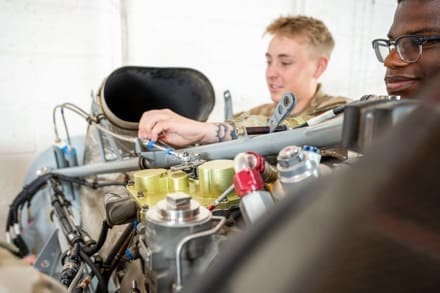
According to Nistler, the 29th AMU currently has 20 total qualified MCA members, encompassing 3,000 training tasks overall. The unit will be going into cycle four with a goal of qualifying current 5-level Airmen.
“Our unit has become capable of upholding the Agile Combat Employment initiative, both with the execution of satellite launch and recovery of aircraft and the MCA concept,” Nistler said. “ACE and MCA can go hand-in-hand with smaller, cross-section teams able to perform required maintenance, which in turn makes us more agile for potential future conflicts.”
The ACE concept is a proactive and reactive operational scheme of maneuver executed within threat timelines to increase resiliency and survivability while generating combat power. The ability of crews to initiate, taxi, takeoff and land MQ-9 Reapers from a geographically distinct location lessens the necessity of deploying personnel and equipment in hostile areas.
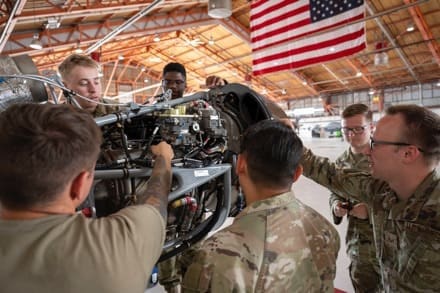
In order to guarantee that Airmen and aircrew are positioned to deliver deadly combat power throughout the range of military operations, ACE is designed to make sure Airmen are prepared for emergencies and can operate from places with differing degrees of capability and support.
Ground control stations, data terminals and other equipment required for takeoff and landing are examples of launch and recovery elements. These components require a substantial logistical footprint. Because of the satellite link’s time delay, manual takeoff and landing are conducted via line-of-sight links. The pilot and sensor operator that operate the aircraft are housed in the mission control elements.
“On a typical deployment, large teams are sent out, but our satellite launch recovery’s feature was designed with the purpose of removing the need for air crews at deployed locations,” said Tech. Sgt. Cory Westerfield, 29th AMU aircraft section noncommissioned officer in charge. “Moving locations quickly without having to move a lot of equipment infrastructure is beneficial to the efficiency of the mission, saving man hours, refueling trucks and equipment. When the MCA concept is applied, our unit can combine their skill set, having trained in other section tasks.”
Instead of sending out a large team, a smaller one can be sent out because they are all trained to perform the various tasks needed, making the team more agile and the logistics a lot easier to get the mission done.
“It feels good making a difference,” Nistler said. “This is the steppingstone to a bigger picture to fulfill the ACE concept and we’re moving to these different locations and able to complete the mission with just minimal requirements, saving man hours, saving time, saving money, and to help prepare for that next combat situation.”
By Airman 1st Class Michelle Ferrari
49th Wing Public Affairs
Both comments and pings are currently closed.
Read the full article here

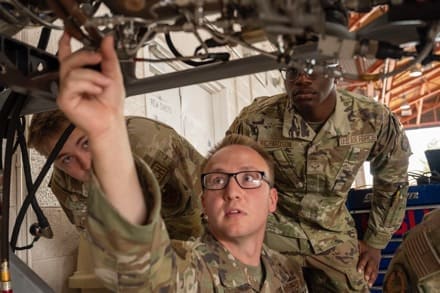

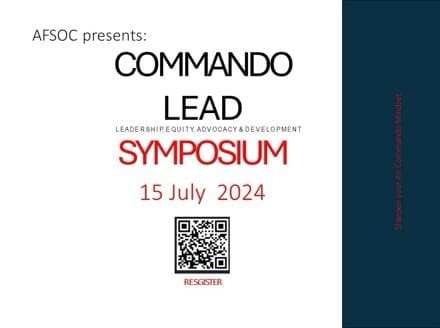
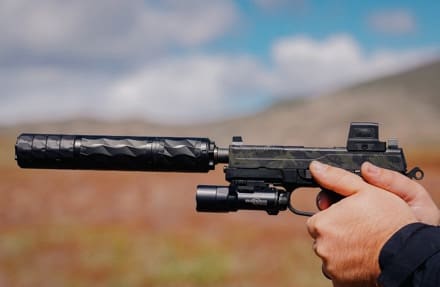
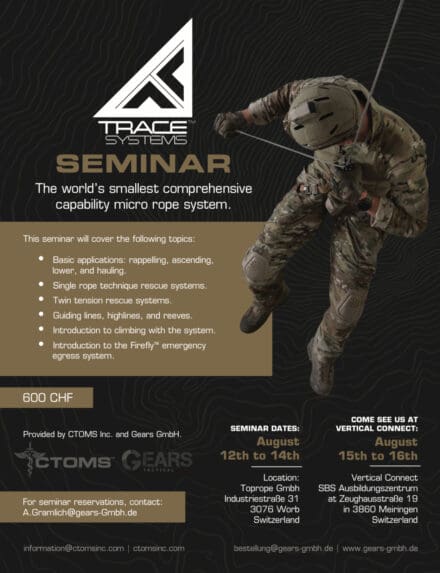
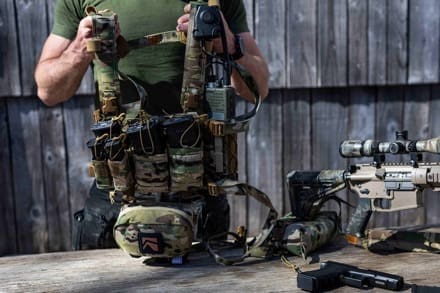
Leave a Reply